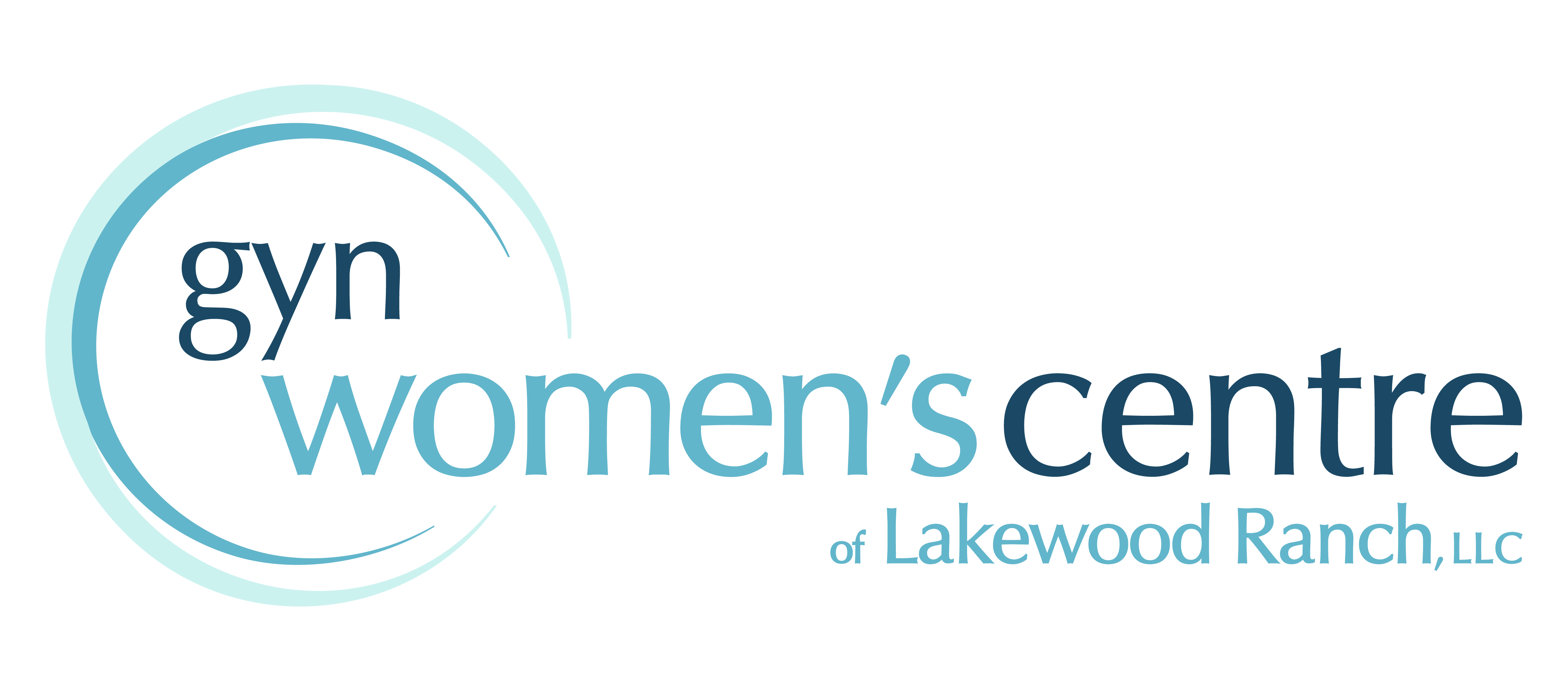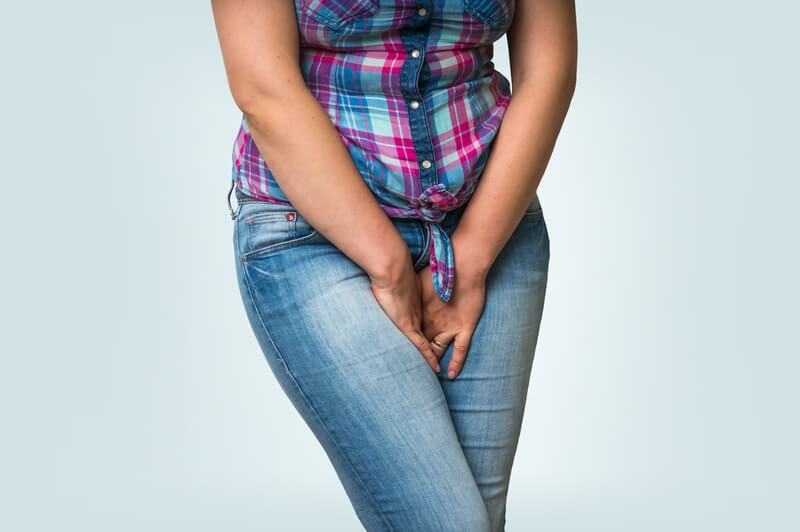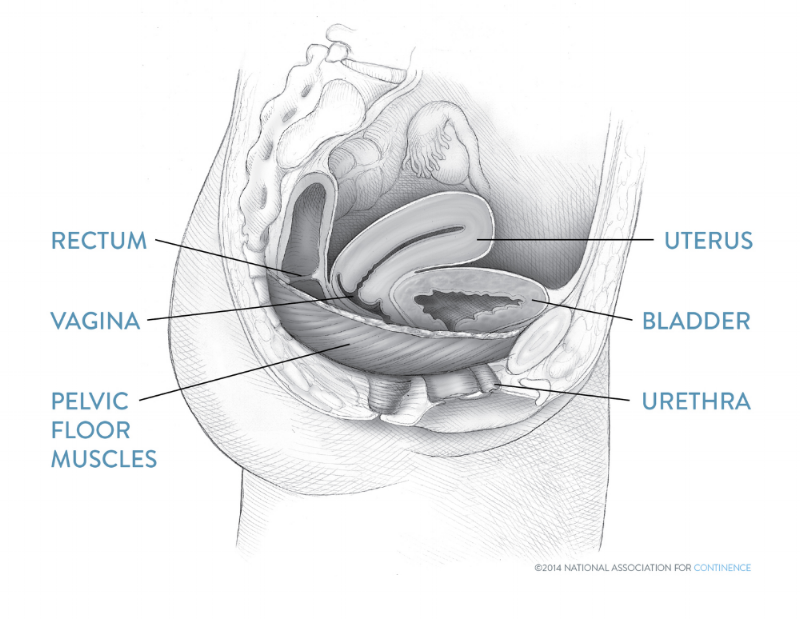Giving birth is one of the most life-changing events in a woman’s life. You created a person. You’ve forgotten what sleep feels like. You don’t know what time it is, how often your breasts are leaking milk, or when you’ll have sex again. But one of that matters because now you have this beautiful baby who’s the center of your universe.
But what about those instances when you pee on yourself without meaning to? Why is it happening and what can you do to prevent it?
What is Urinary Incontinence?
Urinary incontinence is what happens when a little bit of urine involuntarily leaks out. It typically occurs when a person sneezes, coughs, or laughs; or they could simply feel a sudden urge to pee, yet they can’t hold it in long enough to get to a bathroom on time.
When a woman is pregnant, the growing baby and expanding uterus place a lot of pressure on the bladder. This results in regular urine leaks during pregnancy. However, once the baby is born, some women are surprised to discover that they are still struggling with incontinence.
Why Do Some Women Experience Incontinence After Childbirth?
Childbirth puts massive amounts of stress on the vaginal canal and pelvic floor muscles. Unfortunately, it can also cause nerve damage around the bladder. In addition, organ prolapse, urinary urgency, stool incontinence, painful hemorrhoids, and lacerations, are all common injuries that women face after pregnancy.
As a new mom, it’s easy to feel anxious and alone after the birth of your baby. There is so much to do. You aren’t getting enough sleep and your hormones are still trying to level out.
At OB-GYN Women’s Center at Lakewood Ranch, we’re committed to taking care of women during all stages of pregnancy – even afterward.
To help you feel more at ease, we’ve put together this guide on what to expect of post-pregnancy urinary incontinence, and how you can treat it.
What causes urinary incontinence?
Pregnancy can change the urinary control abilities for one-third to one-half of women who have given birth, so if you’re struggling with urine leaking then you’re definitely not alone.
The cause of urge incontinence is an overactive bladder. If you find yourself rushing to the bathroom several times per hour even though your bladder is nearly empty, then you’re experiencing urge incontinence.
There are several types of incontinence. Some of them are temporary and some are persistent.
Below are some of the causes for temporary urinary incontinence:
– Consuming large amounts of Vitamin C
– Consuming large amounts of caffeine, caffeinated, or sugary drinks
– Taking certain muscle relaxants or blood pressure medications
Below are some of the causes for persistent urinary incontinence:
– Pregnancy
– Childbirth
– Hysterectomy
– Menopause
– Neurological disorders
How is Urinary Incontinence Treated?
There are a few methods of treatment for urinary incontinence, from simple exercises to a minimally invasive elective surgery.
Kegel Exercises
The most common way to treat urinary incontinence is with a type of stretching called Kegel exercises.
Your pelvic floor is a muscle hammock that hangs against the bottom of the vagina, bladder, uterus, and rectum.
When you pee, the pelvic floor muscles relax to allow urine to flow. Tightening the muscle closes the lower urethra, and keeps any remaining urine in the bladder.
The weight of a baby, combined with the effects of pregnancy hormones, can stretch out this muscle – which makes it looser, and not as good at stopping your pee!
When you do a kegel exercise, you basically “flex” your pelvic floor muscle. Just like doing an arm curl, flexing your pelvic floor muscle will help you make it stronger.
How to Do Kegel Exercises
You can identify which muscles are your pelvic floor muscles by attempting to stop your urination flow mid-stream. Don’t continue practicing kegels by stopping your stream, though. Weirdly enough, doing kegels while peeing can train your bladder not to empty fully – which puts you at risk of UTIs.
When you’ve identified which muscles are your pelvic floor muscles, continue your practice on an empty bladder.
On your first day, you’ll want to try to “flex” your muscle for 5 seconds at a time. Then relax for 5 seconds. This is 1 “rep”, try to do 5 reps on your first day.
Be careful not to flex the wrong muscles! If you tighten your abs, thighs, or butt you’re not doing the kegel exercises properly.
You should not hold your breath either. While performing the exercises, you should be able to breathe freely.
As you get better at it, you’ll want to eventually aim for 10 reps of 10-second holds/10-second breaks 3 times per day according to the National Association for Continence.
But quality is more important than quantity.
The most important thing is to perform the kegel exercises properly, and be sure that you’re flexing the right muscles.
There are a variety of weights, balls, wands, and other devices that you can use to give yourself something to put resistance against. You can also try inserting a finger and tensing around it if you’re still not sure whether or not you’re performing the exercises properly.
According to the British Journal of Obstetrics and Gynaecology, pelvic floor training has been proven to treat postpartum urinary incontinence directly after birth, and the benefits continue one year afterwards too!
Other Postpartum Incontinence Treatment Options
If you have severe bladder leakage, you may not be able to resolve it on your own with kegels – although you could still greatly improve your situation through the exercises.
Pessary
For women with more persistent leakage, you can be fitted for something called a pessary.
A pessary is a small silicone ring that you place inside the vagina in the morning, and remove it at night. It acts as a “speed bump” for the urethra.
Some women only use their pessaries during physical activity like running or playing tennis.
Surgery
There is also a small surgery with a 90% success rate for truly burdened women who feel they need to wear a pad every day, at all times.
It’s called “bladder sling” surgery. You should only do it if you’re not planning on having any more children, because carrying a child will effectively undo the surgery.
It’s a minimally invasive surgery where the surgeon inserts a U-shaped mesh sling that permanently supports the urethra.
Can Urinary Incontinence Be Treated Without Surgery?
There is another option for women who are struggling with postpartum incontinence. Some OB-GYNs, like the Women’s Center of Lakewood Ranch, offer more sophisticated in-office pelvic floor treatment.
If you’re wondering how you’d ever pay for treatment like that, don’t worry. All insurance companies can and do pay for this service, so don’t feel shy about seeking treatment!
If annoying symptoms like pelvic pain, or urinary incontinence are preventing you from enjoying time with your new baby then you should absolutely consider seeking in-office pelvic floor treatment.
At the Women’s Center of Lakewood Ranch, we offer an extensive 8 week program to help you deal with urinary incontinence and pelvic pain.
You’ll have a session once per week with a registered nurse who comes to our office to guide you through treatment.
Your sessions will be done in our luxurious spa suite area for your privacy. It’s in the back of our offices out of the way, so you can relax and go through your treatment worry-free.
Call OB-GYN Women’s Centre of Lakewood Ranch to Treat Your Postpartum Urinary Incontinence
Stop struggling with urinary leakage. If you’re experiencing a lot of pelvic pain, or struggling to heal after your birth then contact us, or call us at (941) 907-3008. We’re here for you. Our team helps women struggling to recover from their births every day, and we can help you too.



